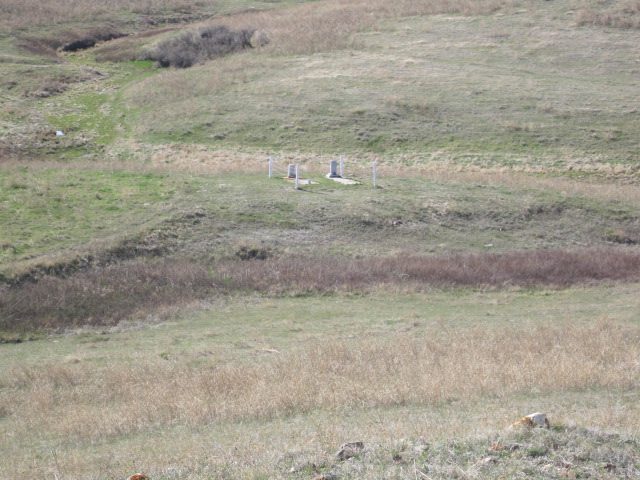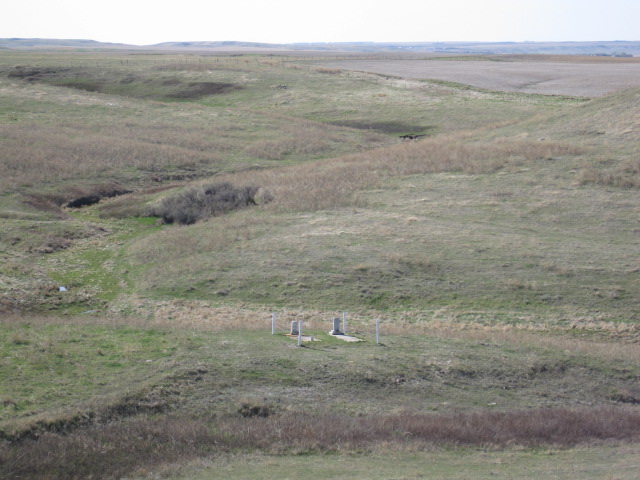Neidpath (Pollock's) Cemetery
- Country Canada
- Total identified casualties 1 Find these casualties
- Region Saskatchewan
- Identified casualties from First World War
- GPS Coordinates Latitude: 50.17348, Longitude: -107.16998
All on their own

Neidpath WAR CEMETERY
Location: Saskatchewan, Canada Language: English Altitude: 749m Rainfall: 340mm
Temperature: -22°c - 27°c Biggest challenge: Huge geographic spread
In Canada, the Commission’s biggest issue is geography, simply put there’s an awful lot of it.
Covering all this ground to ensure every war grave remains in good condition is a time-consuming job. At times it calls for our local team to become intrepid explorers in their own country.


These remote locations contain some of the hundreds of isolated headstones the CWGC return to every year.
More than 1,700 locations – 60 per cent of our Canadian sites – contain just a single war grave. The long and cold Canadian winters mean that for more than half the year it’s not practical to reach them.
When the weather allows, a typical day can take in a dozen or more remote and abandoned war cemeteries in rural country. Staff check for access, the condition of the stone and that the name remains clear, before heading onto the next.
One of those is the war grave of Private Donald Pollock. He is buried next to his twin brother on the family’s isolated old farmstead, near the hamlet of Neidpath in Saskatchewan.

All around the world CWGC relies on local help to access remote war graves. Here, George Carlson often guides staff to this isolated headstone.
The pair died on the same day, 15 November 1918. Donald had returned from the First World War bringing Spanish flu to their remote home. As he was still serving at the time of his death, Donald is commemorated by CWGC. His brother Alexander, a civilian, is at his side under a private war memorial.
Finding this spot is only practical with the help of the current landowner. Hours of traipsing about with a GPS is replaced with a short ride on the back of his quad bike.

The final part of some visits often call for off-road transport, in this case, courtesy of the landowner.
Dominique Boulais, of CWGC’s Canada and Americas Area, described his last inspection of the site: “There was only one padded seat and it was for the driver; I sat on the steel grill facing the back and receiving all the mud flying from the rear wheels and breathing the fumes from the exhaust pipe. I made sure I kept my mouth shut during the fifteen-minute ride.” Once there, in a dip between folds in the land, are the headstones of the twin brothers.
“There wasn’t a single sound except the wind.”

Donald Pollock, buried on the right, lies next to his civilian brother. Both died of Spanish flu on the same day.
The effect on families like the Pollocks, to have their son returned home from the First World War, only to later die of illness or injury, would have been devastating. That human cost has left a legacy for CWGC that comes with challenges that remain to this day.
Across long distances the Commission continues to return to the homes of thousands of Canadian men like Private Pollock, one by one, making sure their sacrifice is remembered, for evermore.

One of the many remote markers CWGC cares for.






